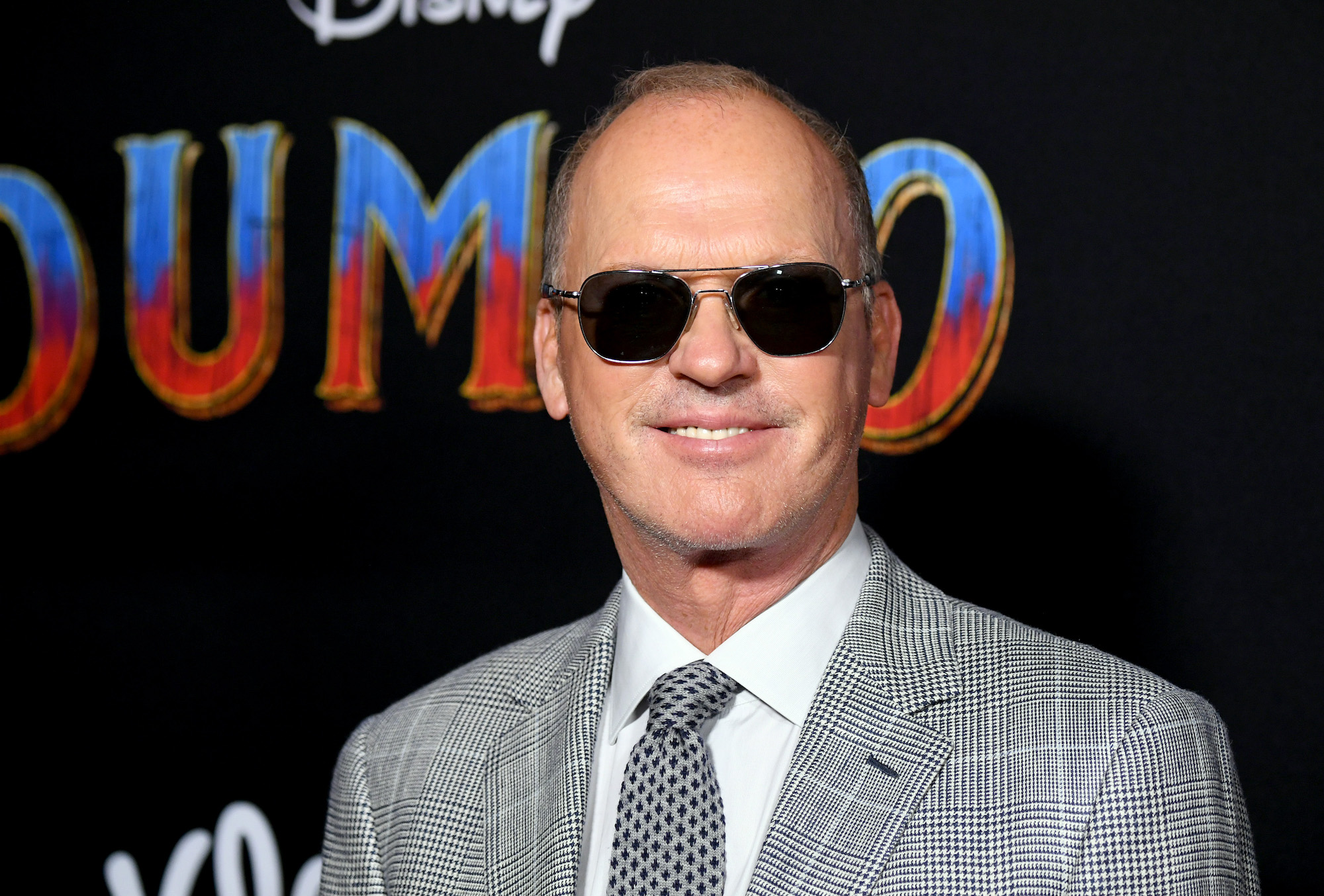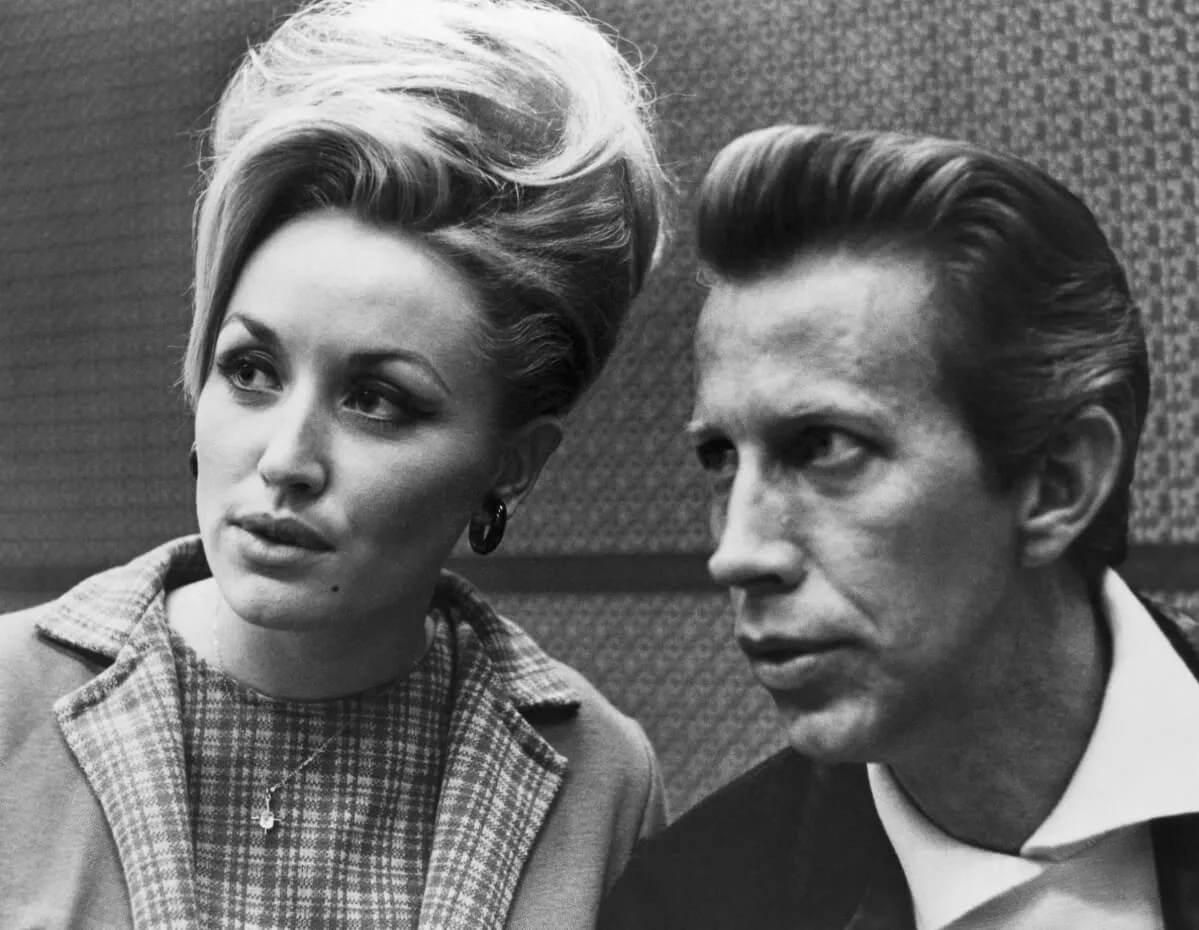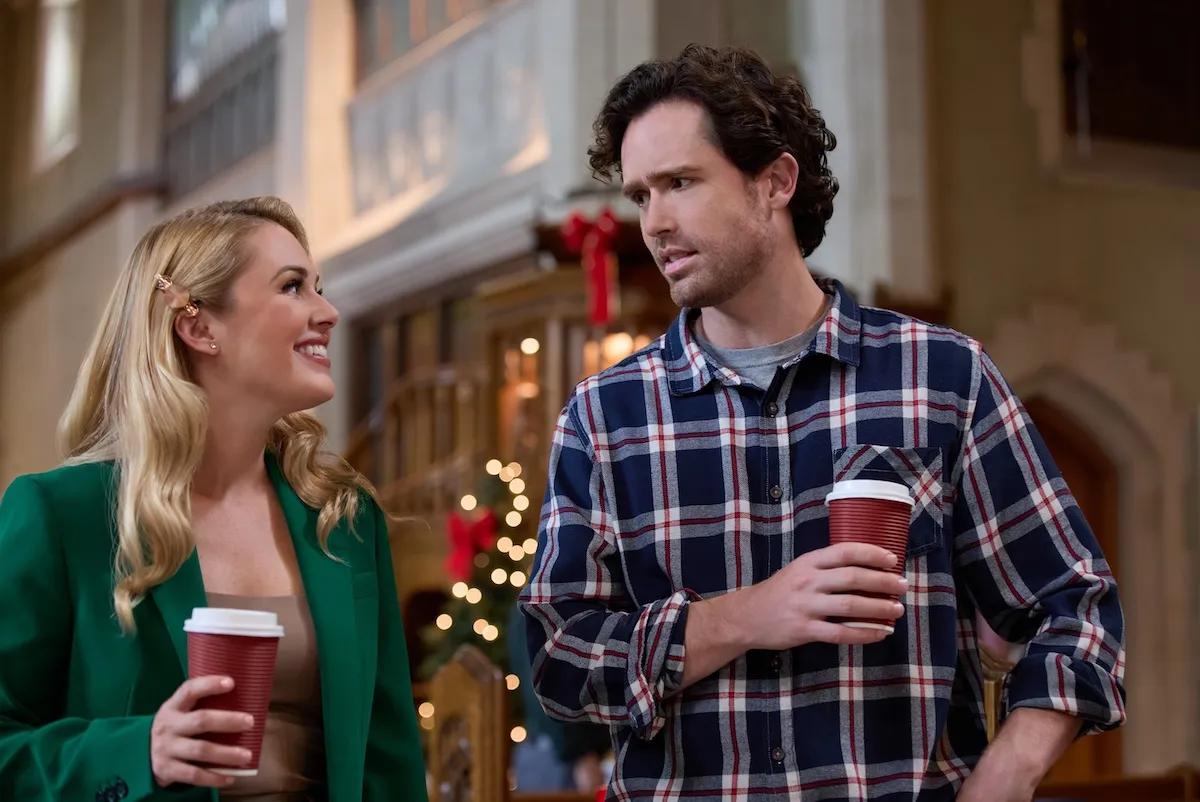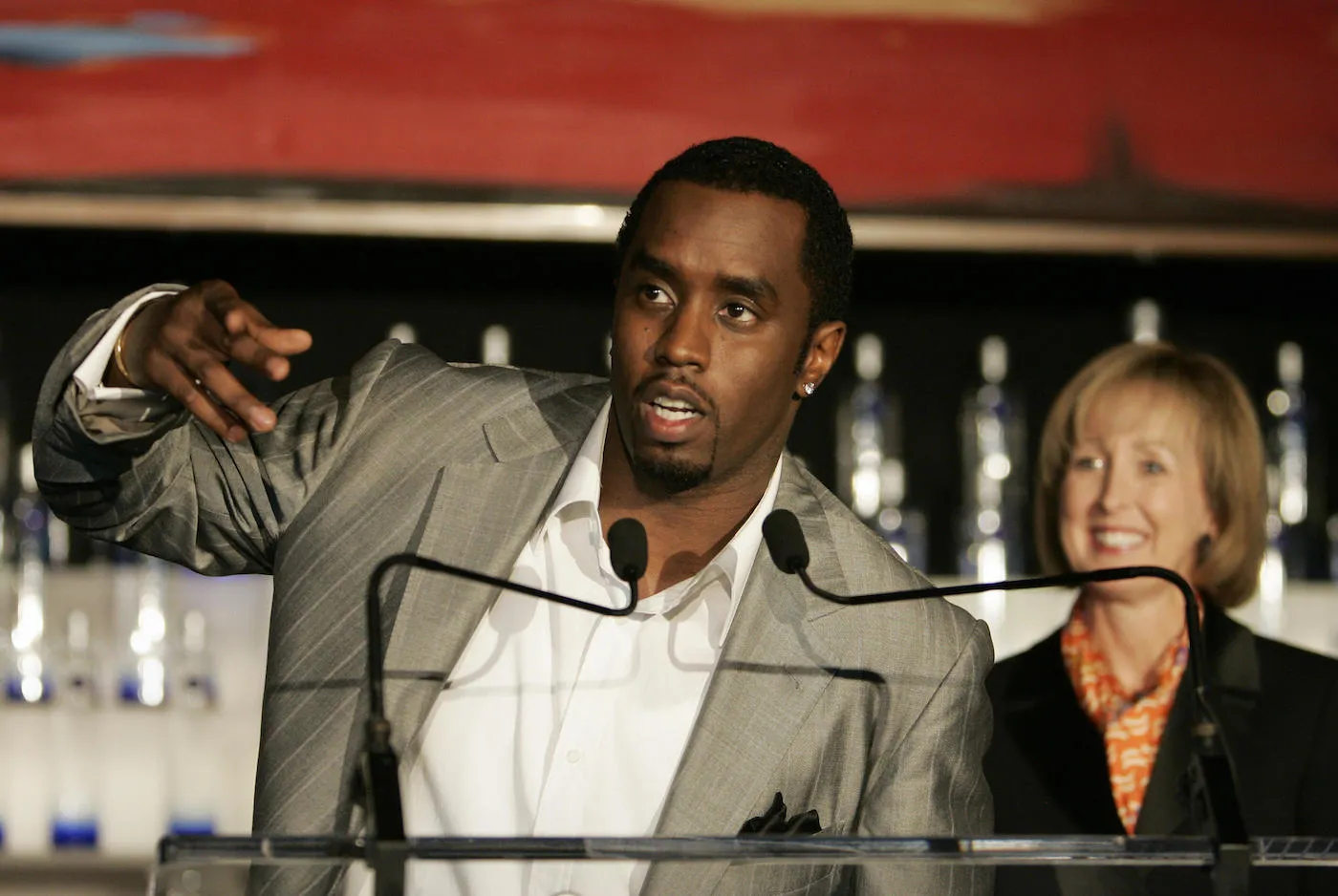Many MCU Villains Only Last 1 Movie, But There Might Be a Behind-the-Scenes Reason for That
It’s the nature of a villain to die. After all, if the villain doesn’t die, or at least if he or she doesn’t go away somewhere for a long time, how is the hero succeeding?
Wait a minute, fans might say. The Green Goblin comes back all the time in the Spider-Man comics. And Batman can never seem to get rid of the Joker. As various incarnations of the Joker have said, those two need each other.
However, it’s a lot easier to bring villains back when all you have to do is draw them and write a new story. For the movies in the Marvel Cinematic Universe, it’s a little trickier.
The real reason villains die is actors can’t stay

Fans on Reddit discussed villains in a thread about the Netflix show Luke Cage. On Twitter, a fan complained “IDK if I’ve seen a show sabotage itself so badly the way Luke Cage did Cottonmouth.” This prompted Luke Cage showrunner Cheo Hodari Coker to respond, “We only had (Mahershala Ali) for seven episodes. That’s why he agreed to do the show.”
That got fans talking about the longevity of villains, or lack thereof, in the MCU. One wrote, “This is why many villains are one offs. Not because directors want to kill them off, but because many actors have a hard time signing a multi-year movie contract. And it’s easier to have villains be a one off than heroes. Chris Evans had to be convinced to do so, and he now says he loved that he did. Many actors, well I guess people, get scared of the idea of being stuck in something and not being able to do other things, too. Which is fair, it can prevent you from doing other things.”
And that’s not just Marvel. It’s true for other big franchises. You might see villains come back, but only in different phases of the franchise. For instance, there have been five live-action movie Jokers (Cesar Romero, Jack Nicholson, Heath Ledger, Jared Leto and Joaquin Phoenix), but they all faced a different Batman or did not face Batman at all. Same goes for James Bond. Blofeld and some others recur, but most are one and done.
How long do most Marvel villains last?
The Marvel Cinematic Universe may be the most phenomenally successful franchise of all time, but villains don’t tend to recur there either. Take Iron Man for instance. In his three solo movies, he faced a different villain each time: Obadiah Stane, Whiplash and Aldrich Killian.
Even some of the best regarded villains, such as Michael B. Jordan’s Killmonger, who had a legitimate reason to be angry in Black Panther, tend only to last one movie. That’s partly because villains by their nature must be defeated, and partly because actors are busy and generally speaking can only commit to one or two movies. Only a relative few, like the core Avengers, get to play hero and stick around for a long time.
Actors will often tell you it’s more fun to play the villain than the hero, but that’s not always true. If you play a less than memorable villain, the experience can be a drag. Just ask Christopher Eccleston, who played a villain in Thor: The Dark World and later likened the experience to putting a gun in his mouth.
Who are the greatest MCU villains?
All that said, some MCU villains do repeat. Generally speaking, villains are not considered Marvel’s strong suit, but their best ones usually involve actors that can commit to multiple movies. Two of the series’ best nemeses, Loki and Thanos, came back for several go-rounds. One succeeded (temporarily) in wiping out half the universe, and the other is getting his own Disney+ series.
It’s no small wonder, then, that those two are at or near the top of most MCU villain rankings We know that Loki will be back, and fan theories abound about how Thanos could return.
It’s always best to remember the rule that the only people who stay dead in the superhero world are Bruce Wayne’s parents and Peter Parker’s Uncle Ben.


